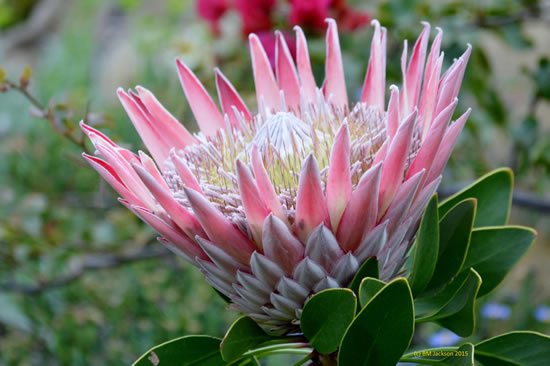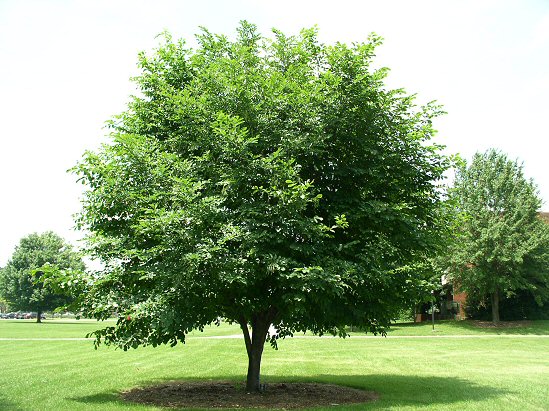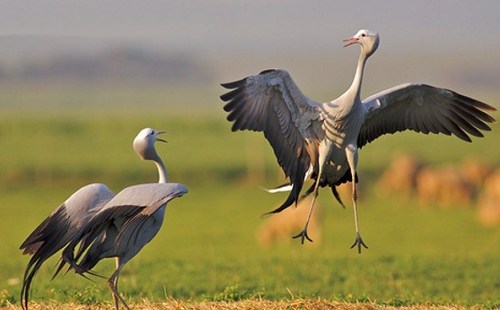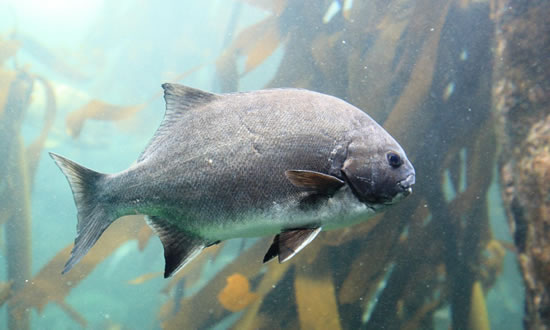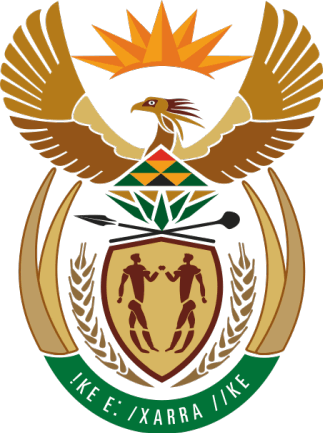Celebrating SA’s national symbols
Celebrating SA’s national symbols nthabiOne of the best ways that South Africans can celebrate 22 years of democracy and freedom is to understand the country’s national symbols.
Vuk’uzenzele has put together a guide to the national symbols that will help you understand your country better.
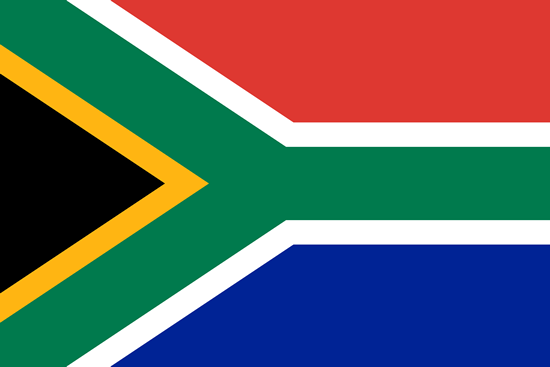 National flag
National flag
The national flag was designed by a former South African State Herald, Fred Brownell, and was first used on 27 April 1994. This is the same day that Nelson Mandela inaugurated as President. The design and colours are a synopsis of principal elements of the country's flag history. Individual colours, or colour combinations represent different meanings for different people and therefore no universal symbolism should be attached to any of the colours.
The central design of the flag, beginning at the flagpost in a 'V' form and flowing into a single horizontal band to the outer edge of the fly, can be interpreted as the convergence of diverse elements within South African society, taking the road ahead in unity. The theme of convergence and unity ties in with the motto Unity is Strength of the previous South African Coat of Arms.
National motto
The motto is: !ke e: /xarra //ke, written in the Khoisan language of the /Xam people, literally meaning diverse people unite. It addresses each individual effort to harness the unity between thought and action.
On a collective scale it calls for the nation to unite in a common sense of belonging and national pride - unity in diversity.
National animal
South Africa's national animal is the springbok, also giving its name to the South African rugby team, the Springboks or the "Boks".
The springbok (Antidorcas marsupialis) gets its common name from its characteristic jumping display - pronk in Afrikaans. The animal stands 75cm high and weighs about 40kg.
National flower
The giant or king protea (Protea cynaroides) is widely distributed in the south-western and southern areas of the Western Cape, from the Cedarberg up to just east of Grahamstown. South Africa's national flower is the largest of the proteas, which make up an important part of the Cape Floral Region, a major global biodiversity hotspot and a Unesco World Heritage site. The proteas also give their name to South Africa's national cricket team.
National tree
The yellowwood family of trees have grown in southern Africa for over 100 million years. The tree (Podocarpus latifolius) is South Africa's national tree, and can be found on Table Mountain, along the southern and eastern Cape coast, in the ravines of the Drakensberg up to the Soutpansberg and the Blouberg in Limpopo.
National bird
The national bird of South Africa is the blue crane (Anthropoides paradisia), which is almost entirely indigenous to the country.
Standing up to a metre tall, the crane is a light blue-grey, with a long neck supporting a rather bulbous head, long legs and elegant wing plumes which sweep to the ground.
National fish
South Africa's national fish is the galjoen (Dichistius capensis).
The galjoen is endemic to South Africa found only along the coastline from Namibia to Durban, and nowhere else in the world. The fish is also known for its fighting qualities, abundance and popularity.
National Coat of Arms
A national Coat of Arms, or state emblem, is the highest visual symbol of the State.
The Coat of Arms is also a central part of the Great Seal, traditionally considered to be the highest emblem of the State. Absolute authority is given to every document with an impression of the Great Seal on it, as this means that it has been approved by the President of South Africa.
Its central image is a secretary bird with uplifted wings, a sun rising above it. Below the bird is the protea, an indigenous South African flower, representing the aesthetic harmony of all cultures and the country flowering as a nation.
The ears of wheat are emblems of the fertility of the land, while the tusks of the African elephant symbolise wisdom, steadfastness and strength.
At the centre stands a shield signifying the protection of South Africans, above which are a spear and knobkierie. These assert the defence of peace rather than a posture of war.
Within the shield are images of the Khoisan people, the first inhabitants of the land. The figures are derived from images on the Linton Stone, a world-famous example of South African rock art.
